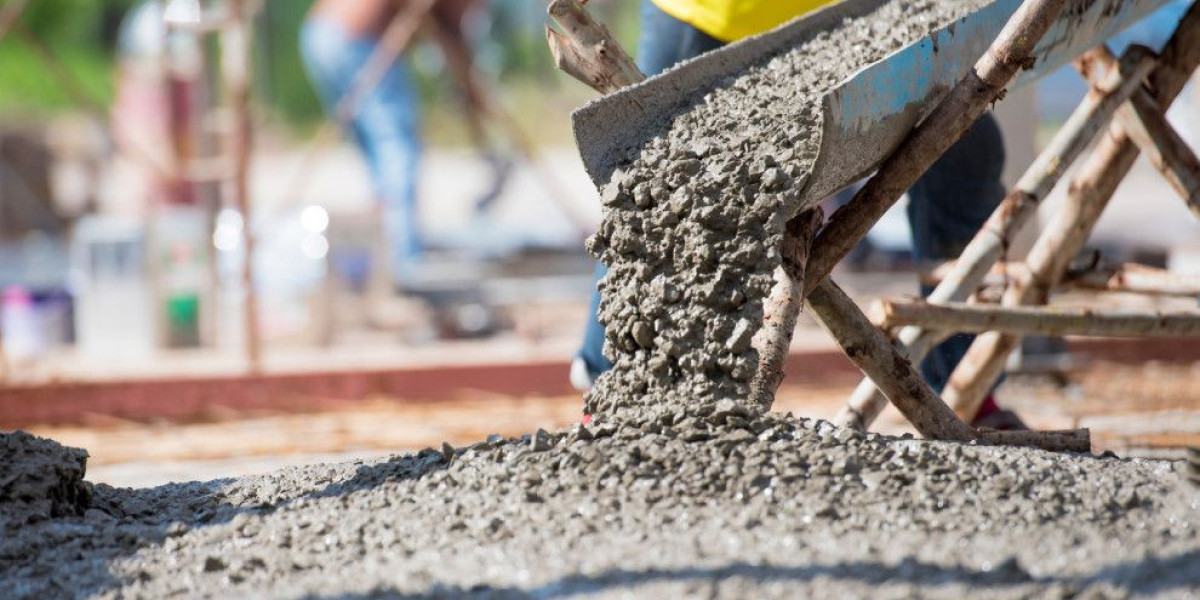I. Introduction
For decades, traditional demolition has been the go-to method for clearing old buildings—fast, straightforward, and efficient. However, it also comes with a heavy environmental cost: massive amounts of construction debris end up in landfills, CO₂ emissions rise from fuel-intensive machinery, and hazardous materials threaten ecosystems and public health.
As cities embrace eco-friendly development and the push toward sustainability grows stronger, a new approach is emerging—sustainable or green demolition. This method prioritizes waste reduction, material recovery, and eco-conscious practices, reshaping how the industry thinks about tearing down and rebuilding.
II. Principles of Sustainable Demolition
Deconstruction Over Demolition
Instead of simply tearing structures down, sustainable demolition focuses on carefully dismantling them. This allows contractors to salvage wood, steel, concrete, fixtures, and other materials for reuse in new projects—turning “waste” into valuable resources.Waste Diversion & Recycling
On-site sorting of demolition debris ensures that concrete, asphalt, glass, metals, and plastics can be recycled or repurposed. For example, crushed concrete and asphalt can be reused as aggregate for road bases, reducing demand for new raw materials.Low-Emission Practices
The industry is shifting toward electric and hybrid machinery, dust suppression systems (like misting and foam), and quieter demolition techniques. These measures help reduce greenhouse gas emissions, minimize air pollution, and improve quality of life in urban areas.Hazardous Material Management
Proper handling and removal of asbestos, lead paint, and chemical residues is central to green demolition. Following strict environmental health standards ensures safety for both workers and nearby communities.
III. Eco-Friendly Demolition Techniques
Selective Demolition – Targeting specific parts of a structure for removal, ensuring reusable materials are preserved.
Soft Stripping – Carefully removing doors, windows, wiring, plumbing, and fixtures before the structural teardown.
On-Site Material Processing – Crushing and screening materials directly on the project site, reducing transportation needs and reusing resources immediately.
Deconstruction for Adaptive Reuse – Salvaging beams, bricks, and other structural elements for future renovation projects or entirely new builds.
IV. Environmental & Economic Benefits
Reduced Waste – Less landfill contribution and lower pollution levels.
Lower Carbon Footprint – By recycling and reusing materials, projects cut emissions linked to new material production.
Cost Savings – Salvaged materials and recycled aggregates lower project expenses.
Job Creation – Recycling, material recovery, and specialized deconstruction require skilled labor.
Community Value – Sustainable demolition improves reputation, supports local green goals, and contributes to certifications like LEED.
V. Regulations & Certifications
Governments and organizations worldwide are encouraging eco-friendly demolition practices:
Waste Diversion Laws – Many municipalities now require a percentage of construction debris to be diverted from landfills.
LEED Certification – Green demolition practices contribute points toward sustainable building certifications.
ISO 14001 – Provides frameworks for environmental management systems in demolition projects.
Local Incentives – Cities may offer grants, tax breaks, or recognition for sustainable demolition practices.
VI. Future Outlook
The demolition industry is set to evolve dramatically in the coming years:
BIM (Building Information Modeling) will be increasingly used to plan deconstruction and track reusable materials.
AI & Robotics will allow for precise dismantling and efficient material recovery.
Electric & Hydrogen-Powered Equipment will replace traditional diesel machinery, lowering emissions.
Circular Economy Expansion – Old buildings will no longer be seen as waste, but as material banks for future construction.
Conclusion
Sustainable and green demolition isn’t just a trend—it’s becoming the new standard. By prioritizing deconstruction, recycling, low-emission practices, and innovative technologies, the industry can significantly reduce its environmental footprint while boosting efficiency and cost savings.
As governments, developers, and contractors increasingly embrace eco-friendly methods, the future of demolition is clear: smarter, cleaner, and greener.







